Joining the dots in European broadband
The EC has mapped broadband coverage across the continent. Unsurprisingly Scandinavia and the Benelux does well, but so does much of the UK.

Inside the Enterprise: Broadband coverage matters to enterprise, and government.
From online sales to customer self-service, access to fast and cost-effective internet connections is a critical part of today's business fabric. For governments, online is a far more efficient way to provide myriad of public services. For employees, broadband is vital to support flexible working.
Not everyone, though, has access to broadband, and not all broadband is equal. This is borne out by a new European Commission study, carried out by analysts Point Topic. The objective is to map broadband coverage across the "EU 27" countries. The results make for interesting, if not entirely surprising, reading.
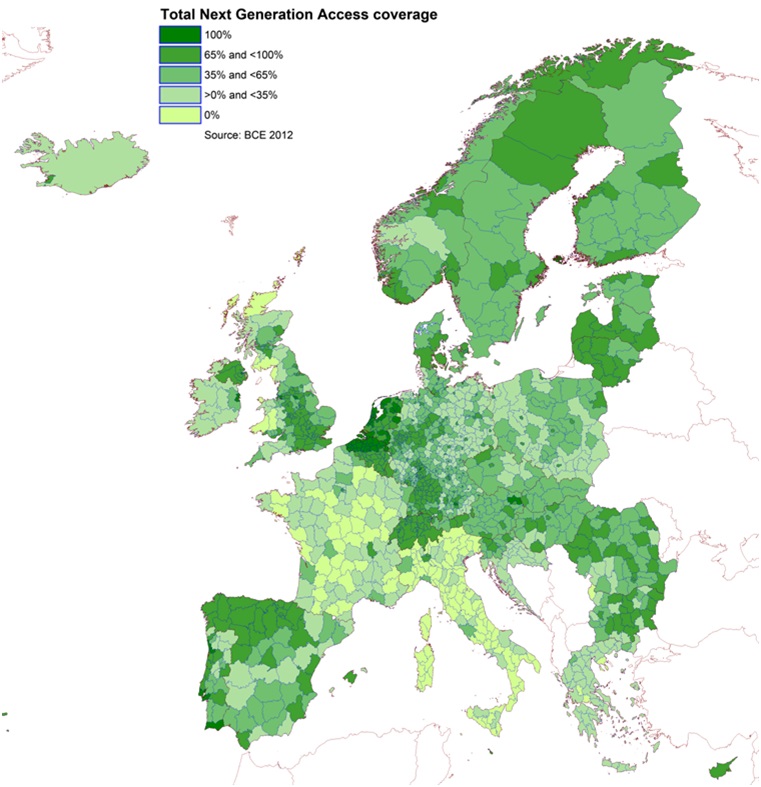
Researchers found that fixed-line DSL now reaches 92.9 per cent of the total population, and 76.3 per cent in rural areas: still a sizeable gap. Mobile broadband, or HSPA, does slightly better, reaching 96.3 per cent in total, and 82.1 per cent in rural areas. But just one in 10 people living in rural areas in the EU, have access to 4G, LTE services.
The study, though, was carried out to support the EU's objectives of all European citizens having access to "basic" broadband by the end of this year, and to next-generation broadband by 2020.
Get the ITPro daily newsletter
Sign up today and you will receive a free copy of our Future Focus 2025 report - the leading guidance on AI, cybersecurity and other IT challenges as per 700+ senior executives
-
 The UK government wants quantum technology out of the lab and in the hands of enterprises
The UK government wants quantum technology out of the lab and in the hands of enterprisesNews The UK government has unveiled plans to invest £121 million in quantum computing projects in an effort to drive real-world applications and adoption rates.
By Emma Woollacott Published
-
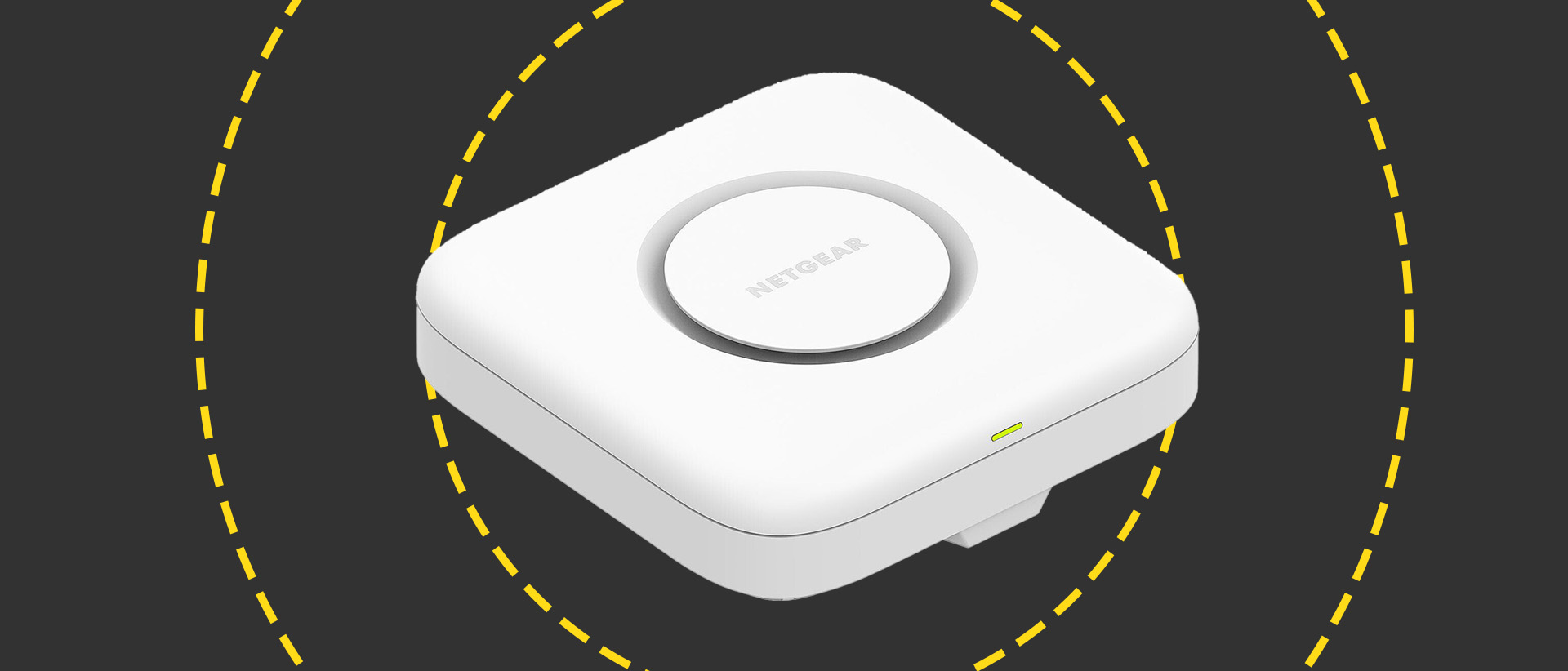 Netgear WBE710 review
Netgear WBE710 reviewReviews The compact WBE710 delivers great cloud management features and a good turn of Wi-Fi 7 speed – but it does have a premium price tag
By Dave Mitchell Published
-
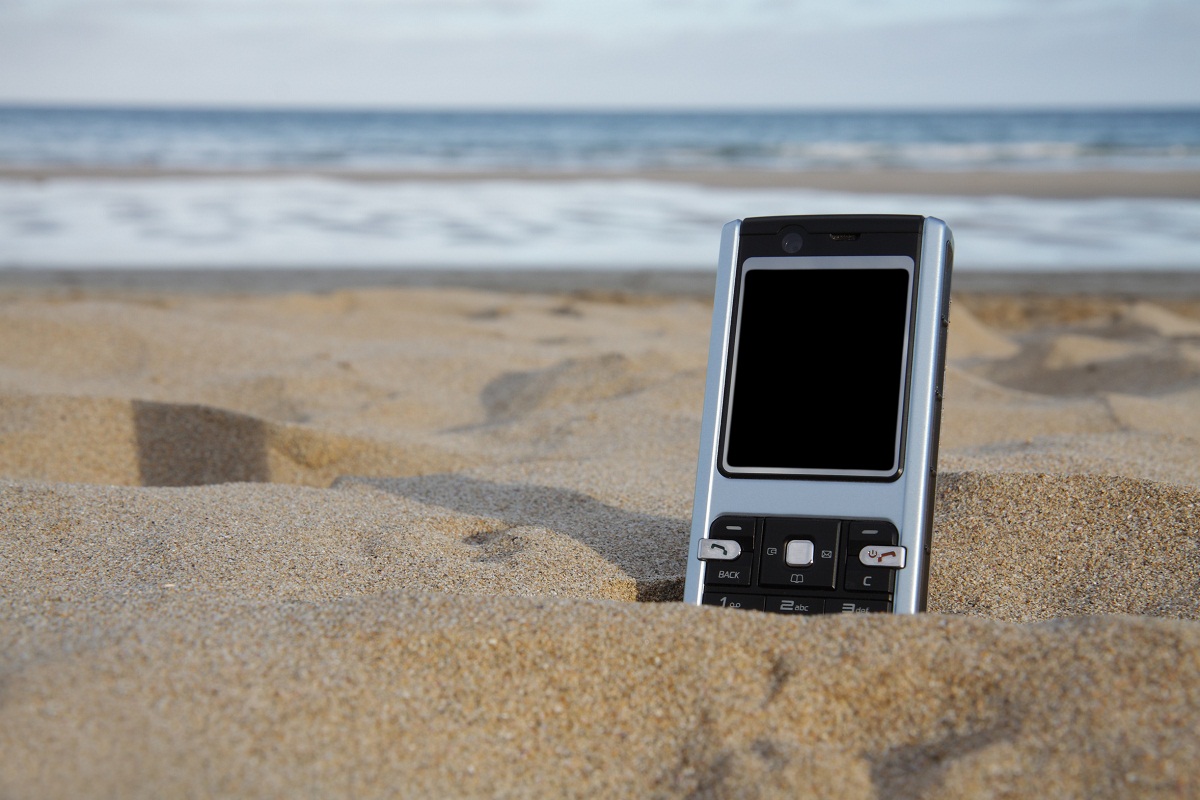 Which is the best UK network for data roaming in the EU?
Which is the best UK network for data roaming in the EU?Best And how will Brexit affect your data roaming in Europe?
By Andrew Williams Published
-
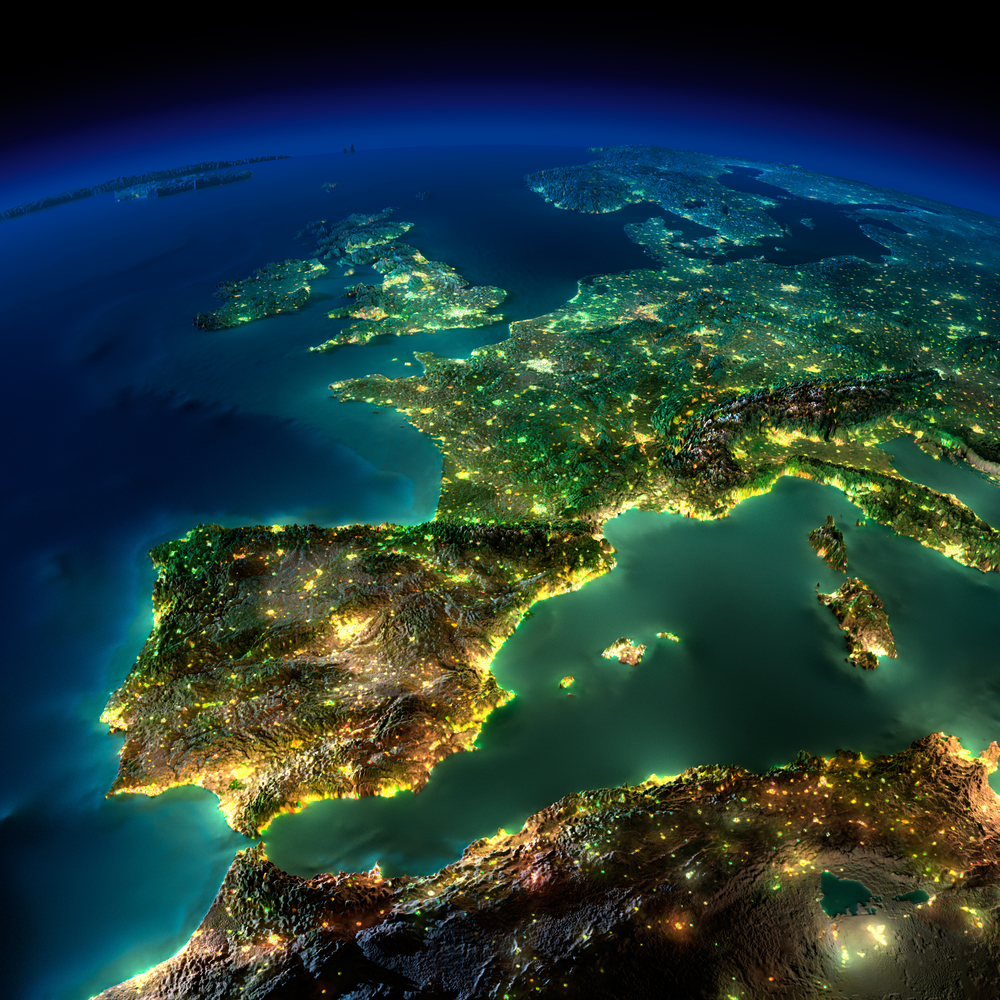 EU centralises European open data through one portal
EU centralises European open data through one portalNews Open Data Portal will enable public sector bodies to share information
By Rene Millman Published
-
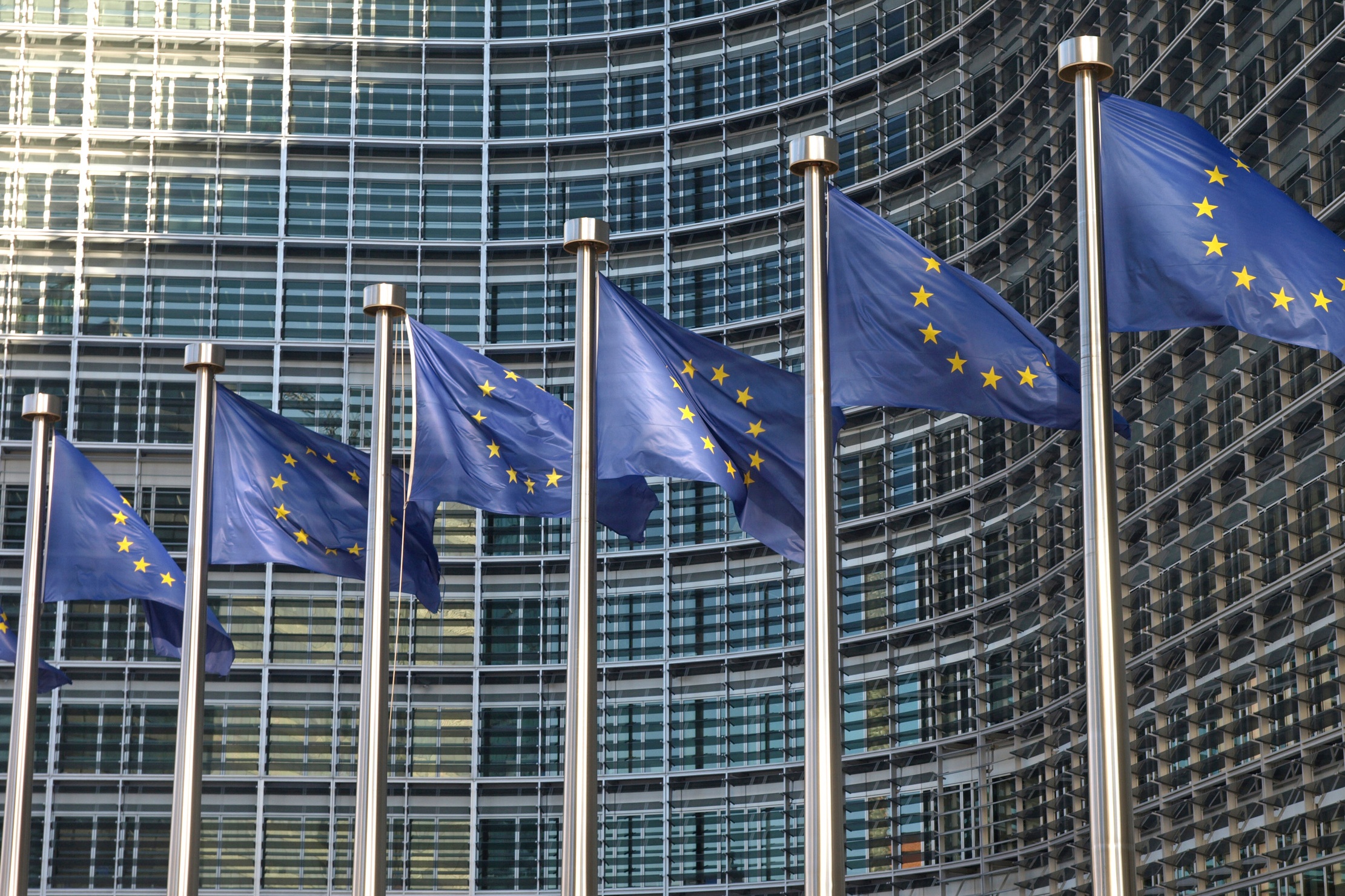 Capgemini to build €8m EU Big Data portal
Capgemini to build €8m EU Big Data portalNews European Commission’s Big Data platform will pull in open datasets from 39 European countries
By Joe Curtis Published
-
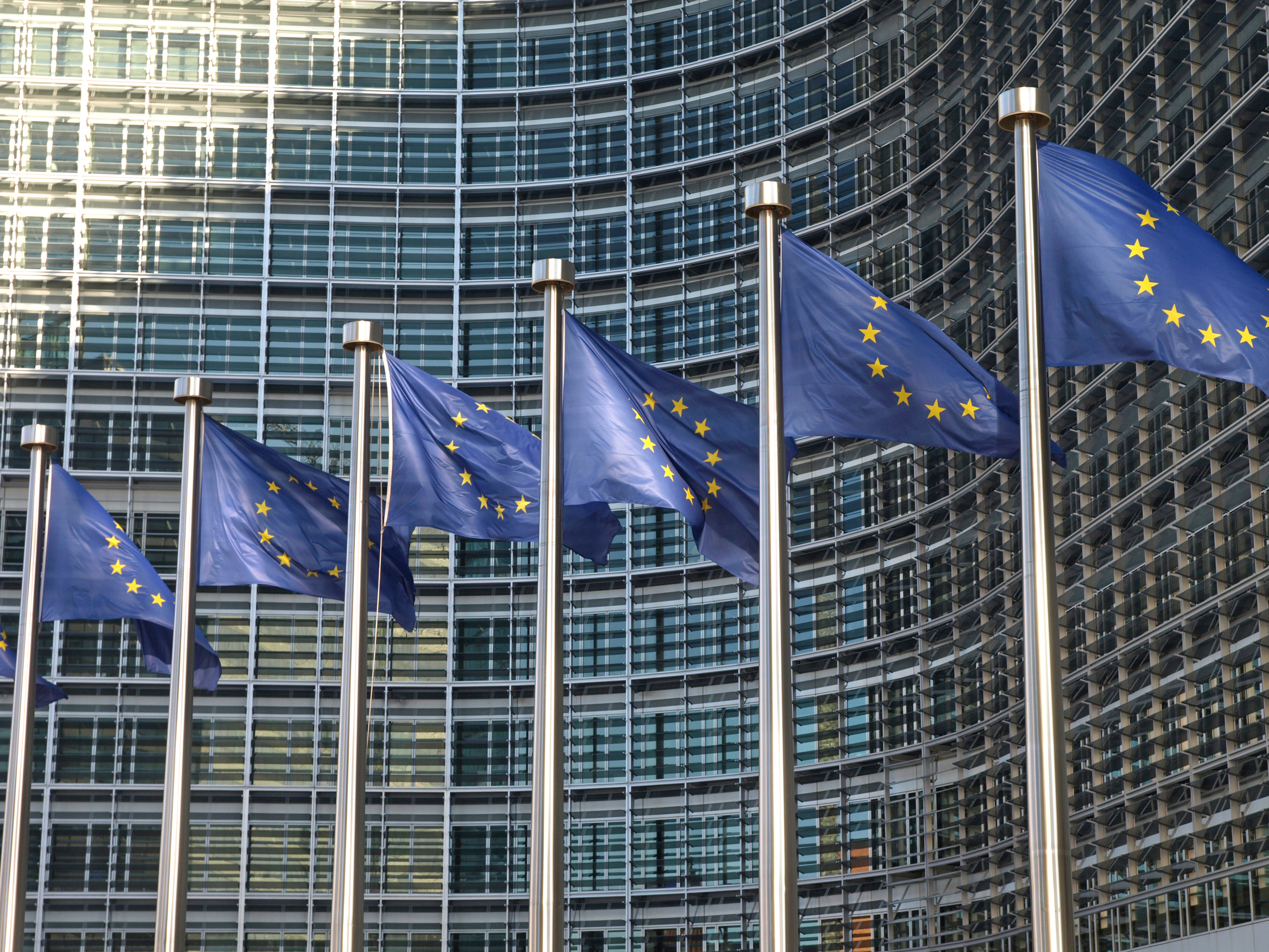 European Commission embarks on EU-wide broadband deployment push
European Commission embarks on EU-wide broadband deployment pushNews European Commission unveils "Connected Communities" scheme to improve EU-wide broadband availability
By Caroline Donnelly Published
-
 Europe signs 5G development deal with South Korea
Europe signs 5G development deal with South KoreaNews European Commission to team up with South Korea to boost standardisation around next-gen network
By Caroline Donnelly Published
-
 European Commission demands UHF use reforms for internet users
European Commission demands UHF use reforms for internet usersNews Neelie Kroes wants telcos and mobile operators to suggest how Ultra High Frequency spectrum can be used to deliver internet services.
By Caroline Donnelly Published
-
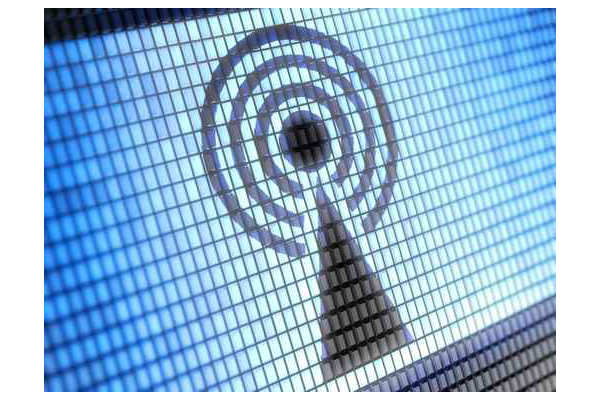 Hack prompts European Parliament to shut down public Wi-Fi
Hack prompts European Parliament to shut down public Wi-FiNews Man-in-the-middle attack detected at EU legislative body.
By Rene Millman Published
-
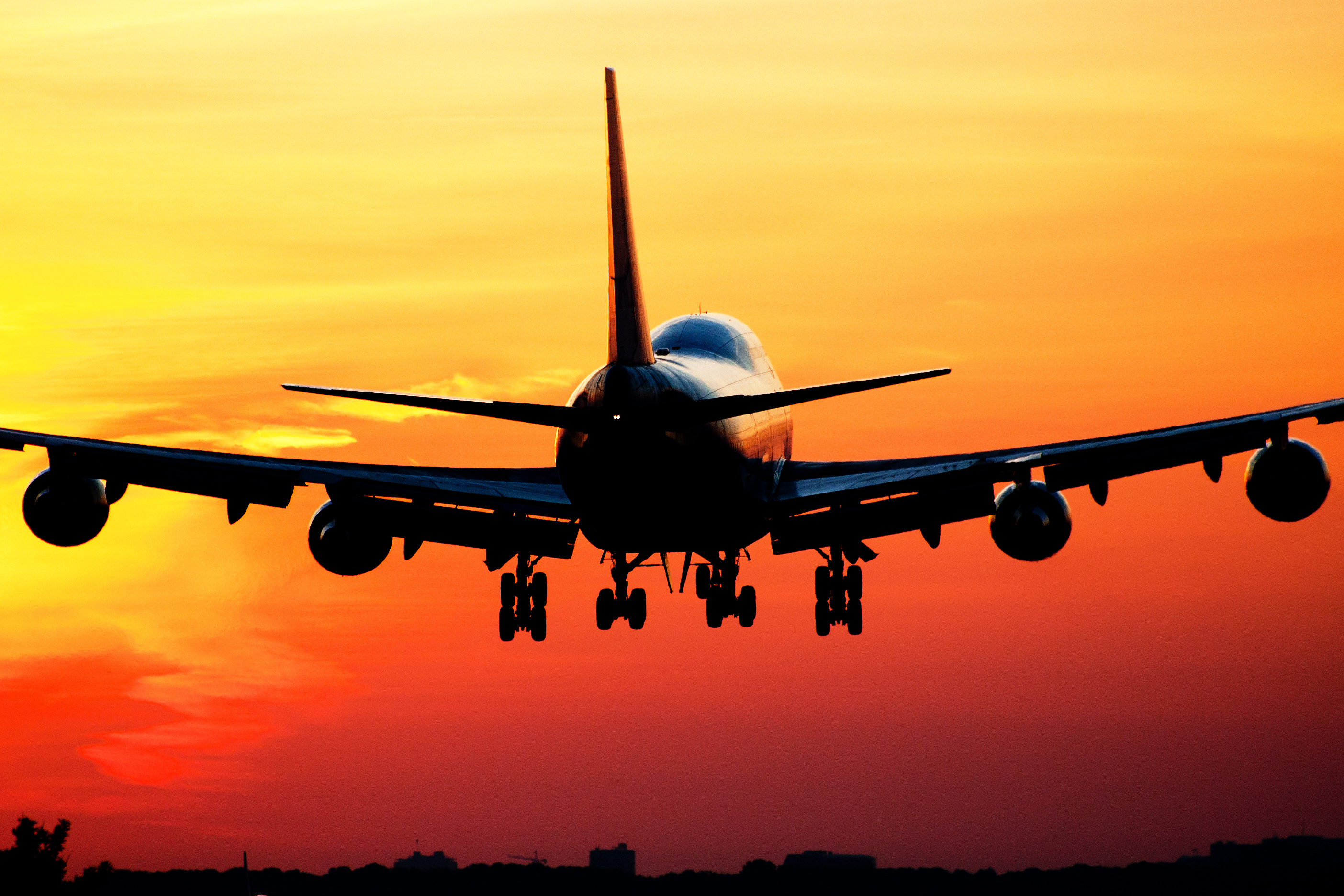 Europe set to allow full mobile use on flights
Europe set to allow full mobile use on flightsNews Two decisions by policy makers in Europe to allow mobile use during flights.
By Kurt Wallace Published